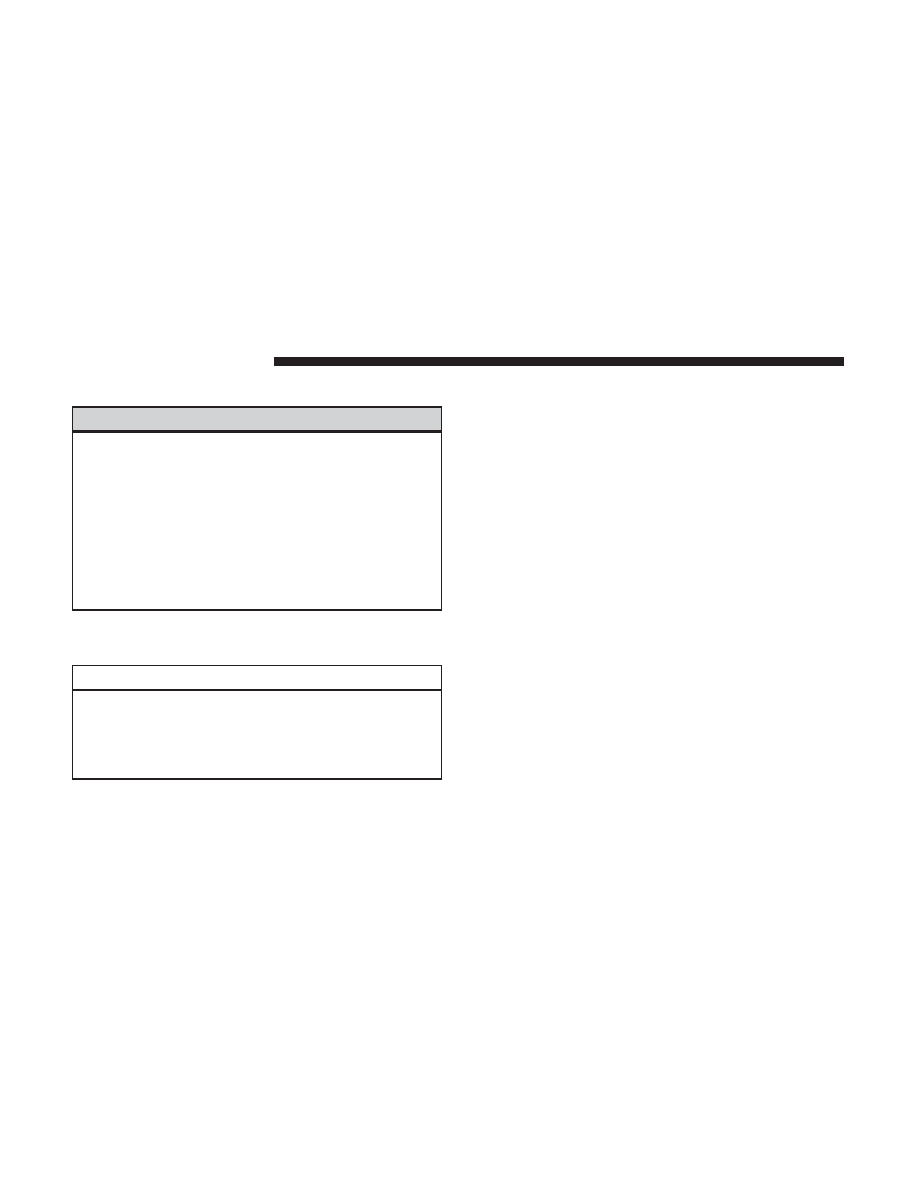Jeep Cherokee (2019 year). Manual - part 25

Shifting Into NEUTRAL (N)
WARNING!
You or others could be injured or killed if you leave the
vehicle unattended with the power transfer unit in the
NEUTRAL (N) position without first fully engaging
the parking brake. The NEUTRAL (N) position disen-
gages both the front and rear driveshafts from the
powertrain and will allow the vehicle to roll, even if
the transmission is in PARK. The parking brake
should always be applied when the driver is not in the
vehicle.
Use the following procedure to shift the 4WD system into
NEUTRAL (N).
CAUTION!
It is necessary to follow these steps to be certain that
the power transfer unit is fully in NEUTRAL (N)
before recreational towing to prevent damage to inter-
nal parts.
1. Bring the vehicle to a complete stop on level ground,
and shift the transmission to PARK.
2. Turn the engine OFF.
3. Turn the ignition to the ON/RUN mode, but do not start
the engine.
4. Press and hold the brake pedal.
5. Shift the transmission into NEUTRAL.
6. Using a ballpoint pen or similar object, push and hold
the recessed NEUTRAL (N) button (located by the
selector switch) for four seconds. The light behind the N
symbol will blink, indicating shift in progress. The light
will stop blinking (stay on solid) when the shift to
NEUTRAL (N) is complete.
388
STARTING AND OPERATING